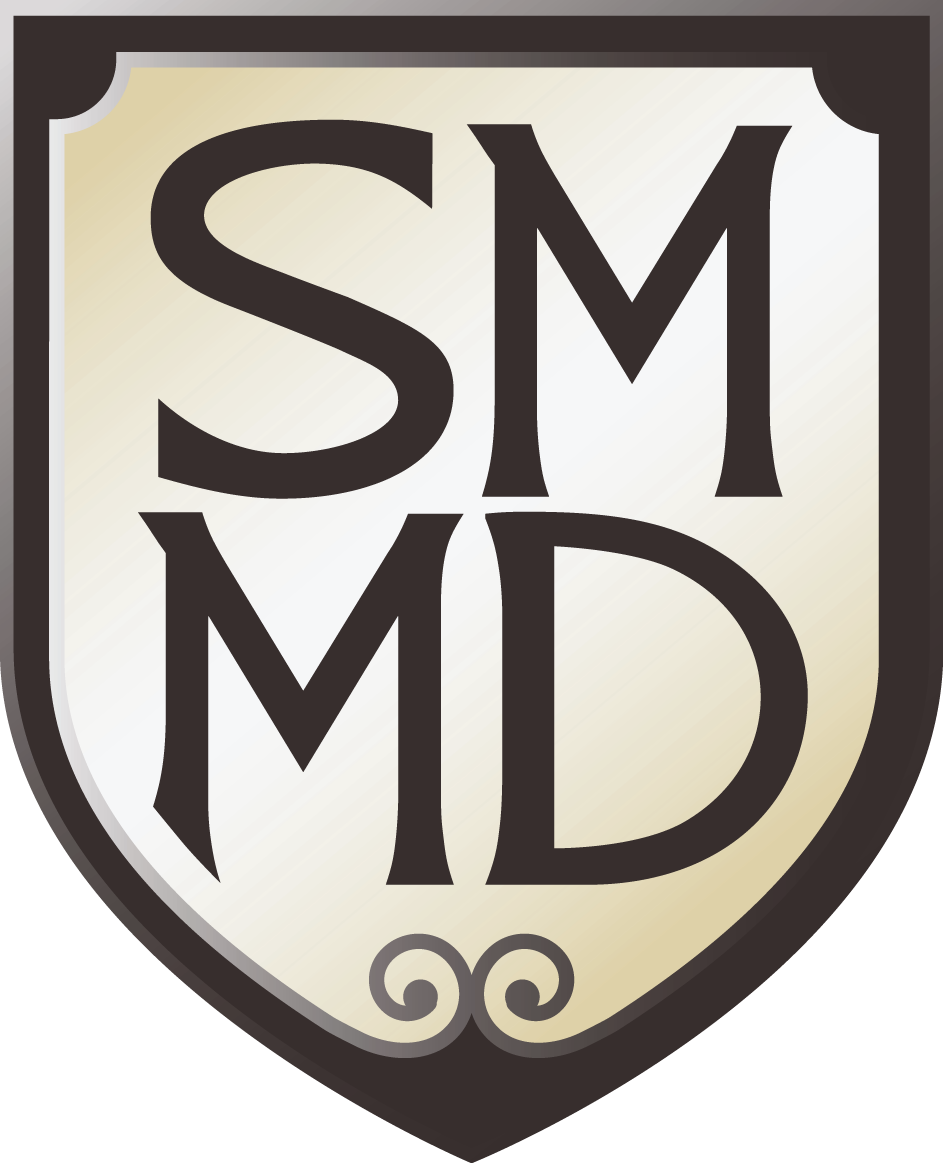Int J Clin Pract. 2010 May;64(6):682-96.
A practical guide to male hypogonadism in the primary care setting.
Dandona P, Rosenberg MT.
Division of Endocrinology, Diabetes and Metabolism, State University of New York at Buffalo and Kaleida Health, Buffalo, NY, USA.
Abstract
There is a high prevalence of hypogonadism in the older adult male population and the proportion of older men in the population is projected to rise in the future. As hypogonadism increases with age and is significantly associated with various comorbidities such as obesity, type 2 diabetes, hypertension, osteoporosis and metabolic syndrome, the physician is increasingly likely to have to treat hypogonadism in the clinic.
The main symptoms of hypogonadism are reduced libido/erectile dysfunction, reduced muscle mass and strength, increased adiposity, osteoporosis/low bone mass, depressed mood and fatigue. Diagnosis of the condition requires the presence of low serum testosterone levels and the presence of hypogonadal symptoms.
There are a number of formulations available for testosterone therapy including intramuscular injections, transdermal patches, transdermal gels, buccal patches and subcutaneous pellets. These are efficacious in establishing eugonadal testosterone levels in the blood and relieving symptoms.
Restoration of testosterone levels to the normal range improves libido, sexual function, and mood; reduces fat body mass; increases lean body mass; and improves bone mineral density.
Testosterone treatment is contraindicated in subjects with prostate cancer or benign prostate hyperplasia and risks of treatment are perceived to be high by many physicians. These risks, however, are often exaggerated and should not outweigh the benefits of testosterone treatment.

